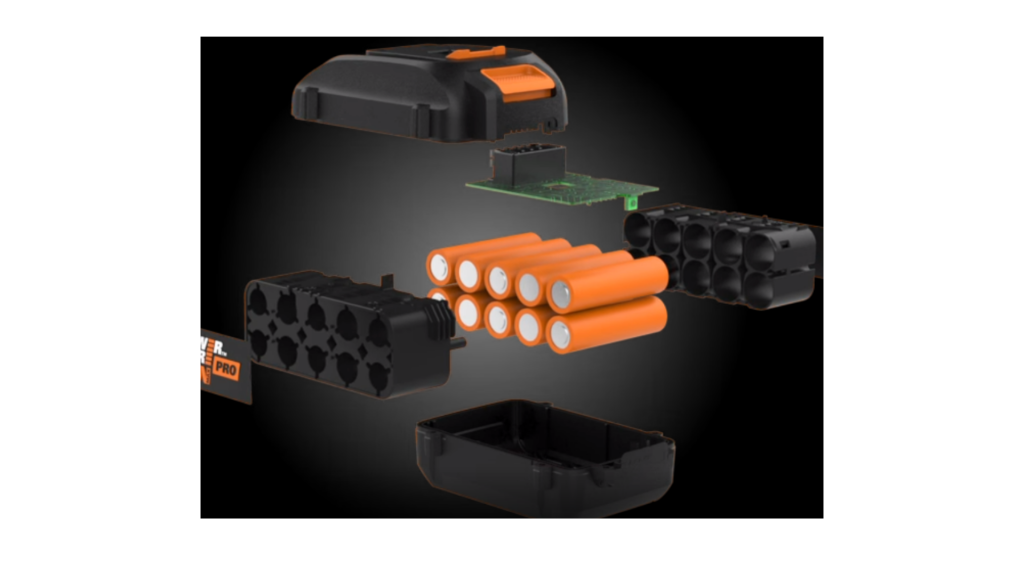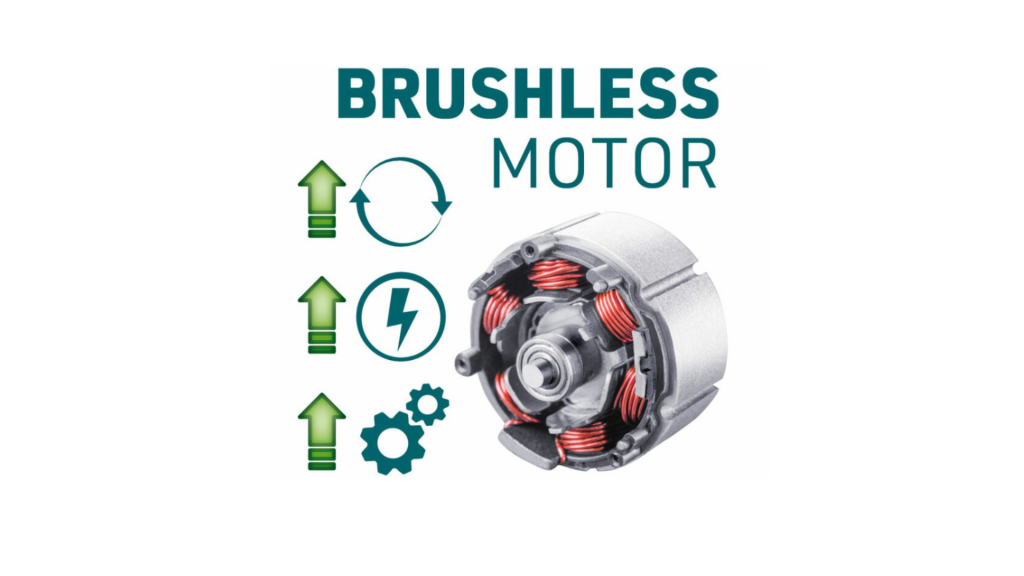The range of cordless drills, saws and other tools on the market is vast; you must know the best. The brushless motor, an accumulator with different marked voltages and more. If you want to know about it so that you can go right when choosing, read this article.
What is the difference between 20V and 18V tools?
None. Why? Accumulators with 18 V or 20 V voltage usually comprise five cells. The voltage of each charged cell is approximately 3.6 V under load and 4 V without load. Therefore – multiplied by five – a charged battery has a voltage of 18 V under load or 20 V without load.
In the past, it was common for the battery voltage to be indicated under load (i.e. 18 V). However, the EU currently allows the value to be specified without load (20 V), which manufacturers use more often. The same situation also applies to batteries with a lower voltage: a 10.8V battery corresponds to a 12V battery, and a 14.4V battery fits a battery with a 16V or 16.6V under load. They are structurally the same; only the markings differ.
Why are Li-Ion batteries mainly used?

While in the past, NiCd and NiMH batteries were commonly used in cordless tools, today, you will almost exclusively come across Li-Ion batteries. Compared to the mentioned older types, it offers a high voltage of the individual cells and a high capacity with a small volume and weight. This means a lighter machine and more comfortable working with it.
The self-discharge of the Li-Ion battery is so low that it is always ready for use. And it can be charged in a fast charger, so you have it available again in an hour.
FYI: also read what is the best cordless drill
How to extend battery life?
Even though the quality of Li-Ion batteries being produced continues to improve, it does not change the fact that they age, regardless of whether you use them. Ageing is accelerated, for example, by a higher environmental temperature. If you want to keep the battery in good condition for as long as possible, store it in a cool place. They are also bothered by extremes – completely discharging or maintaining 100% charge. If you leave it discharged for long, it may “die” and become unusable. Keeping the battery between 20% and 80% charged is best. And charge it before it “juices” to zero.
What is a brushless motor, and why is it used?

Today, when choosing power tools, you will come across two types of motors: the classic motor with carbon brushes and the modern brushless motor. Motors with brushes need regular maintenance, which must always be replaced after wear.
They are produced in a large number of shapes and sizes. The older the machine, the harder it can be to find the right brushes because they may not be made anymore.
That is why many manufacturers are switching to brushless technology. At the same time, it offers more advantages than just less worries about brushes.
A brushless motor has several times longer service life and higher performance than a motor with brushes. It consumes less electricity, so that you can work longer on one battery charge. It also regulates the speed more quickly.
During long operations, there is not so much danger of the machine overheating, as most of the motor’s power is converted into rotational force, and little is lost in heat. In addition, it is protected against overvoltage, overload, overcurrent and reverse polarity.
Leave a Reply